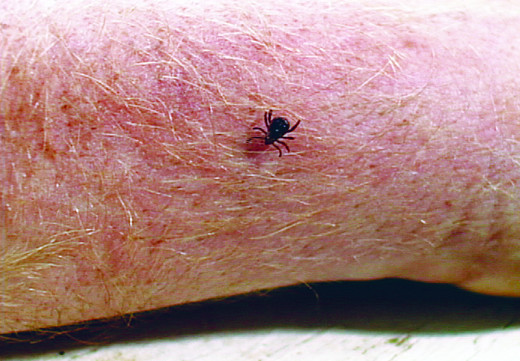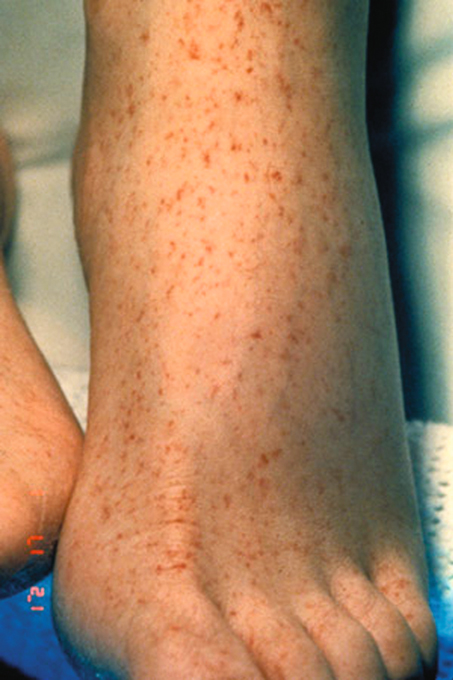- HubPages»
- Health»
- Diseases, Disorders & Conditions»
- Skin Diseases & Conditions
Tick-Borne Relapsing Fever: Clinical Manifestations, Diagnosis, Treatment And Prevention
Relapsing Fever From Tick Bite

A General Overview Of Tick-Borne Relapsing Fevers
The causative organism is Borrelia duttonii which is transmitted by several species of soft ticks (Argasidae). Several antigenic variants of the same species have been identified in different regions eg, B novyi, B. Carteri, etc. Endemicity in a region is determined by the vector population. In the Middle-East, Iran and Afghanistan, Ornithodoros tholozoni is the main vector. In these regions, non-human anima reservoirs like rodents or bats exist. The ticks are infected from them and they transmit the infection to humans accidentally. In North India, relapsing fever is caused by Bor. Carteri spread by O.tholosoni, O.Crossi, O. lahorensis and the fowl tick Argas persicus. In central and East Africa, the infection is mainly confined to man and the vector is O. moubata which inhabits mud floors, crevices in dwelling places or camp sites. Ticks transmit infection transovarially to the vector is O.moubata which inhabits mud floors, crevices in dwelling places or camp sites. Ticks transmit infection transovarially to the progenu that a large colony of infected ticks develops which acts as a reservoir of infection. The soft tickes live for 14 to 21 years and can subsist on blood meals taken at very long intervals. These ticks bite at night, and the bite is painless. They attack several animals and man is only incidentally affected. They insert their mouth parts into the skin and remain attached to the body for a few days taking their blood meal, after which they fall off. The site of attachment shows a pruritic erythematous lesion which develops into an eschar. Both the adults and the larval forms suck blood. The saliva, coxal fluid, and excreta of ticks contain the organisms. Borreliae enter through the bite wound, abrasions on the skin and also intact mucous membranes.
Pathology resembles that of louse-borne relapsing fever, but neurological involvement is more frequent.
Tick Related Relapsing Fever Rash

Infectious Diseases
Clinical manifestations Of Tick-Borne Relapsing Fevers
Tick-borne relapsing fever resembles louse-borne relapsing fever, but the febrile bouts may be shorter, lasting only for 3 to 5 days, so also the apyrexial intervals. Number of relapses is more and many reach up to 10. Neurological complications occur during relapses. These include facial palsy, optic atrophy, spastic paraplegia and other focal paralysis. Mortality is lower than in louse-borne relapsing fever. Though substantial immunity occurs, it is not permanent.
Diagnosis: The clinical diagnosis is supported by the demonstration of the organism in stained blood smears or by dark ground microscopy, compared to the louse-borne disease, the borreliae are less numerous. Other diagnostic methods such as animal inoculation studies using rats, mice and guinea pigs are available.
Treatment: The disease responds to tetracycline 1g given daily for seven days and repeated after a week if necessary. Though, Jarisch- Herxheimer reaction may develop, it is less pronounced. Doxycycline in a single dose of 200 mg is effective against the borreliae but allergic reactions are more frequent.
Prevention: Ticks can be destroyed by spraying with Lindane 1% (gama BHC). Visitors to infected areas should be informed of the risk. They should wear protective clothing and use insect repellants. Ticks should be looked for and removed mechanically from the body before going to bed after the day’s work.
© 2014 Funom Theophilus Makama









